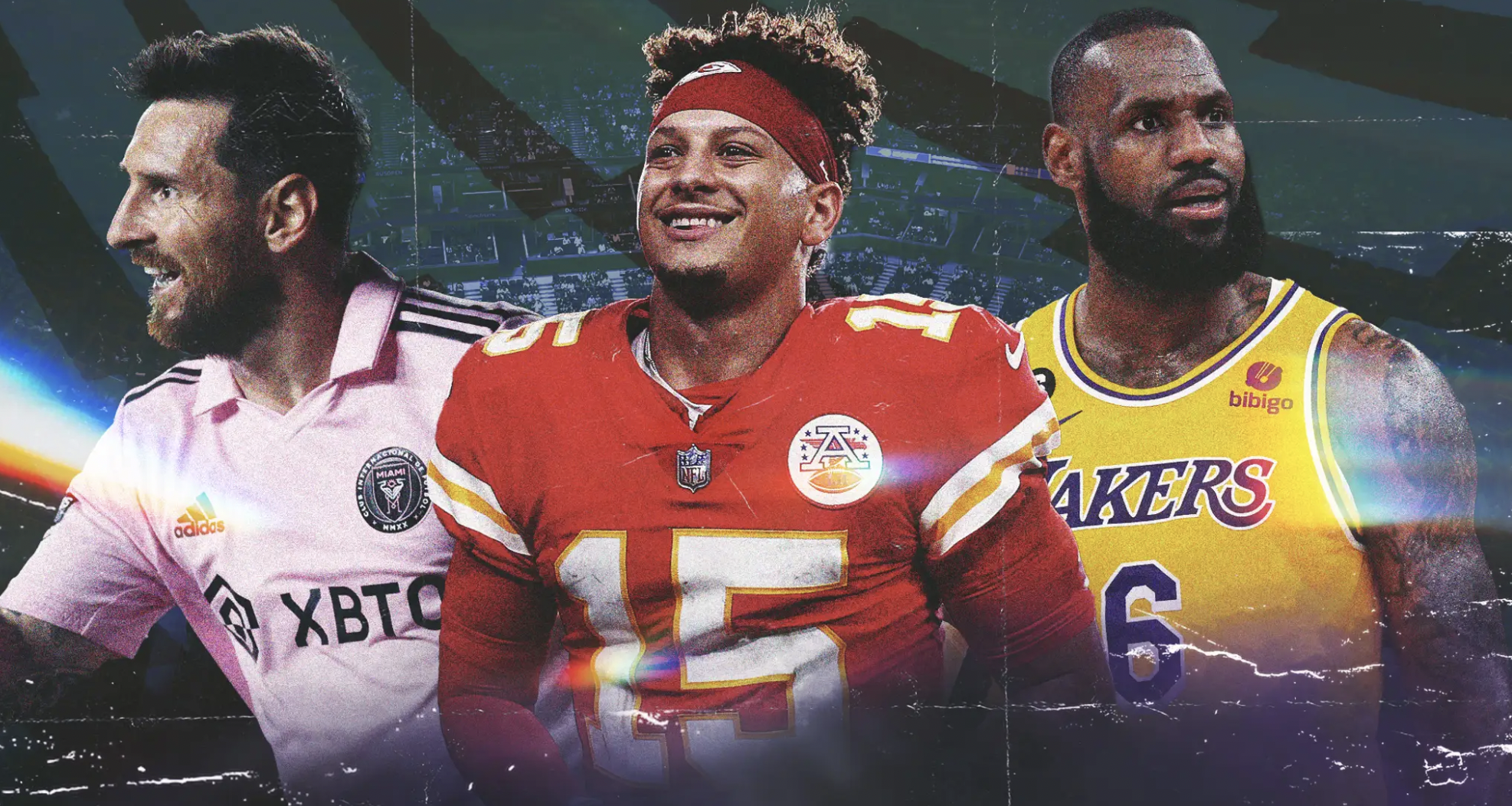Cable vs. On Demand Streaming

The evolving landscape of sports broadcasting is underscored by a significant shift from traditional cable to streaming services, marked by exclusive event rights and strategic adaptations by industry giants like ESPN. This transition is reshaping how consumers access and engage with sports content.
Shift from Cable to Streaming
Reason for the Switch: Consumers are increasingly favoring the convenience and flexibility offered by streaming services. This shift is driven by the desire for on-demand access, a broader selection of content, and the ability to watch on multiple devices. As a result, major tech companies and streaming services are aggressively pursuing broadcasting rights for sports content, leading to a significant migration of sports viewership from cable to digital platforms.
Broadcasting Rights and Big Tech
Big Tech's Role: Tech giants with streaming services such as Apple TV+, Amazon Prime, and YouTubeTV are aggressively pursuing media rights for major sports leagues. They're not just offering games but also exclusive highlights, post-game content, and in-game data, enhancing the viewer's experience. The shift is evident as streaming services accounted for an all-time high of 38.7% usage, while broadcast and cable TV fell under 50% of net U.S. TV consumption in July 2023.
Thursday Night Football: Amazon Prime Video made a groundbreaking move by acquiring the exclusive rights to NFL's Thursday Night Football. This deal not only marked a first for the NFL in terms of an exclusive national broadcast package with a digital streaming service but also set a precedent for other leagues and sports events to consider similar exclusive deals with streaming platforms. Such exclusivity is a major draw for fans and a significant factor in the migration from traditional cable to streaming.
Other Exclusive Deals: Beyond Thursday Night Football, other sports and events have also found exclusive homes on streaming platforms. For instance, Apple TV+ secured rights to stream a select number of Major League Baseball (MLB) games, creating a scenario where fans need to subscribe to specific services to follow all their favorite sports.
Consumer Reaction and Costs
The transition to streaming has been met with mixed reactions from consumers. On one hand, fans appreciate the increased accessibility and choice. On the other hand, the fragmentation of content across multiple streaming platforms can lead to higher costs and the inconvenience of managing multiple subscriptions. Exclusive events like Thursday Night Football on Amazon Prime or MLB games on Apple TV+ mean fans might have to subscribe to several services to catch all their desired sports content.
The Future of Sports Television
The battle for sports broadcasting rights is likely to intensify, with more exclusive deals and innovative streaming services entering the market. The future may see a hybrid model where traditional cable and streaming services coexist, offering packages that cater to varied consumer preferences. Companies like ESPN are already exploring this route, seeking to blend the broad appeal of traditional cable with the targeted, flexible offerings of streaming.
Conclusion
The shift from cable to streaming in sports broadcasting is a reflection of broader changes in media consumption. As streaming platforms continue to secure exclusive rights to key sports events and leagues, the landscape of sports broadcasting is set for further transformation. For consumers, this means navigating a more complex environment with potentially higher costs but also greater choice and flexibility. For broadcasters, it's about finding the right balance between traditional and digital platforms to capture and retain viewers in this new era of sports consumption. As this shift continues, the industry will likely innovate to address these challenges, offering new ways for fans to engage with their favorite sports.